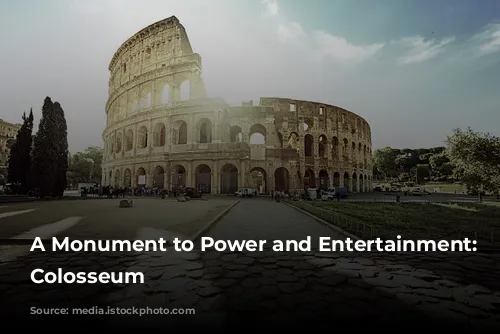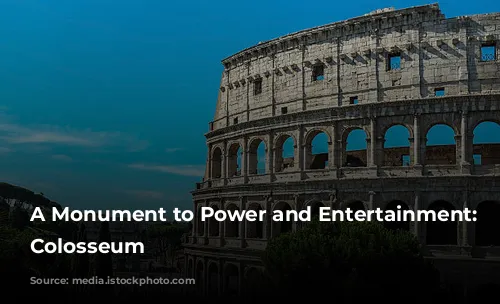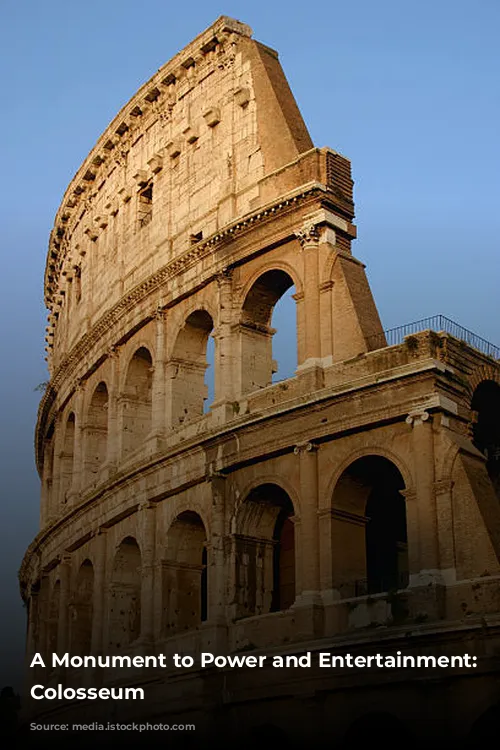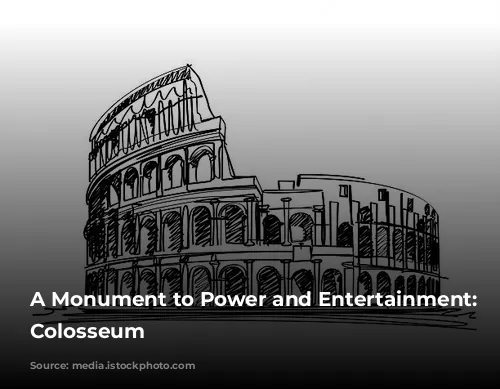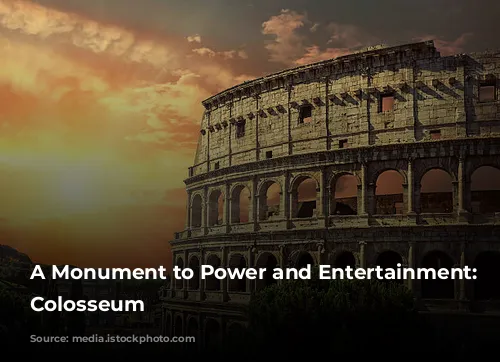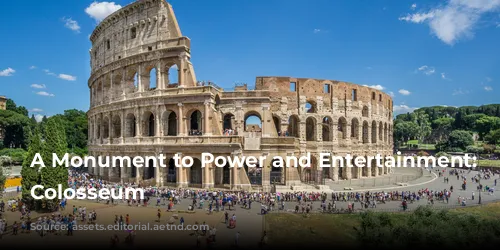The Colosseum, also known as the Flavian Amphitheater, stands as a testament to the grandeur and might of the Roman Empire. Built in the first century AD, this iconic structure is more than just a breathtaking architectural masterpiece. It’s a window into the world of ancient Rome, where gladiatorial combat and spectacles featuring wild animals thrilled the crowds. Today, the Colosseum remains a powerful symbol of one of the most influential dynasties in Roman history—the Flavian Dynasty.

From Ruins to Resurgence
The Flavian Dynasty, led by emperors Vespasian, Titus, and Domitian, embarked on a monumental task of rebuilding Rome after it was ravaged by fire, plague, and civil war. The Colosseum, constructed in the heart of the city, was a visible symbol of this ambitious project. Funded by the riches seized during the Roman conquest of Jerusalem, the Colosseum was dedicated a decade later, signifying a return to prosperity and strength.

A Symphony of Engineering and Architecture
The Colosseum was not just a spectacle but a marvel of engineering. This massive amphitheater, the largest and most complex permanent structure of its kind in the ancient world, was built using concrete, travertine, marble, stone, and timber. Towering 157 feet high—roughly the height of a 15-story building—it had the capacity to hold between 50,000 and 80,000 people.
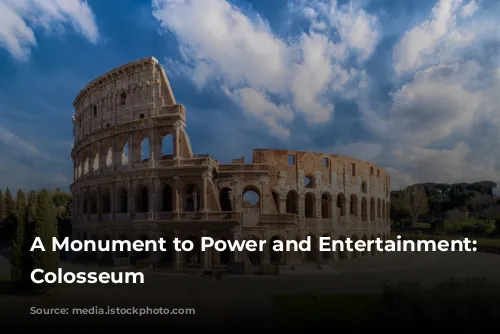
Erasing the Past, Celebrating the Present
The Colosseum was constructed on the site of Nero’s extravagant estate, the Domus Aurea, which included an artificial lake and a colossal bronze statue of the emperor himself. By building the Colosseum, the Flavian Dynasty effectively erased the memory of their predecessor, Nero, and established their own legacy of power and grandeur.
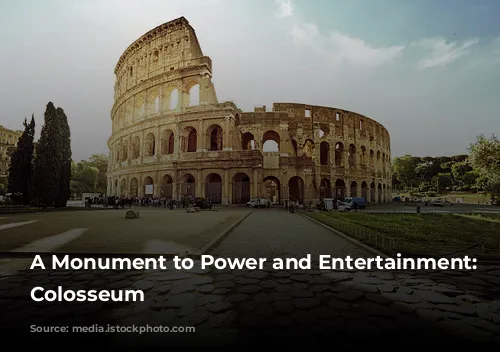
A Symbol of Roman Social Order
The Colosseum was more than just a place for entertainment; it was a reflection of the rigid social hierarchy that defined Roman society. The best seats, closest to the action, were reserved for the elite—the Emperor and the senators. The Equestrian order, former cavalry members who had risen to positions of influence, occupied the next tier. The vast majority of the population—women, foreigners, and the less fortunate—were relegated to the upper sections of the amphitheater.
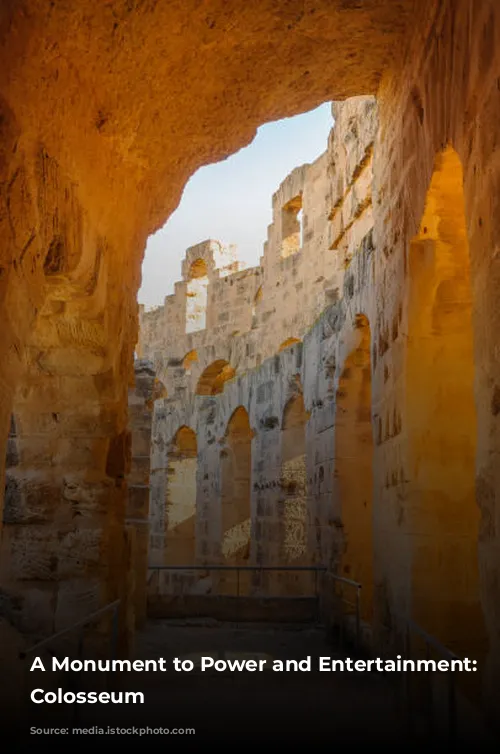
A Triumph of Organization and Functionality
The Colosseum was designed with incredible attention to detail and functionality. Four entrances were reserved for the elite, while 76 were designated for ordinary citizens, ensuring the smooth flow of crowds. Corridors separated social groups, maintaining the distinct social divisions of Roman society. But despite the unequal distribution of seating, the elliptical architecture of the Colosseum ensured that everyone had a clear view of the events unfolding in the arena below.
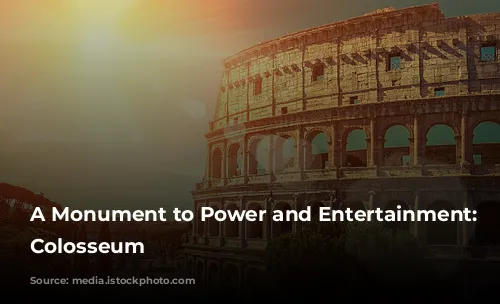
A Legacy of Innovation
Unlike the temporary, wooden amphitheaters that were common in ancient Rome, the Colosseum was built using durable stone and concrete. This innovation, combined with the amphitheater’s sophisticated drainage system, retractable awning, and ingenious network of chambers and tunnels beneath the arena, made it a revolutionary architectural achievement. The Colosseum’s innovative use of concrete, in particular, is considered a testament to Roman engineering prowess.

The Mystery of the Colosseum’s Workforce
The source of labor for constructing the Colosseum is shrouded in speculation. While some scholars believe that 100,000 Jewish slaves captured during the Siege of Jerusalem were forced to build the amphitheater, this assertion lacks firm evidence. While it’s likely that slaves played a significant role in the construction, their exact origins remain unknown.
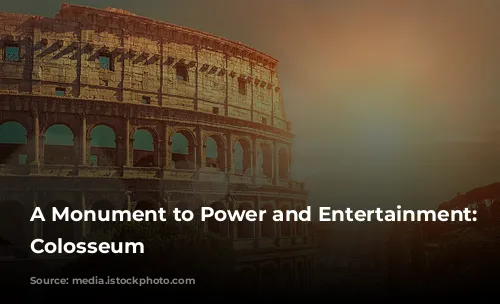
An Enduring Legacy
The Colosseum stands as a powerful reminder of the grandeur and complexity of ancient Rome. Its architectural innovations and social significance have left an indelible mark on history. The Colosseum’s influence can be seen in modern stadiums, which have adopted its innovative use of arches, elliptical shape, and hierarchical seating arrangements. The Colosseum continues to inspire awe and wonder, serving as a testament to the enduring legacy of Roman civilization.
